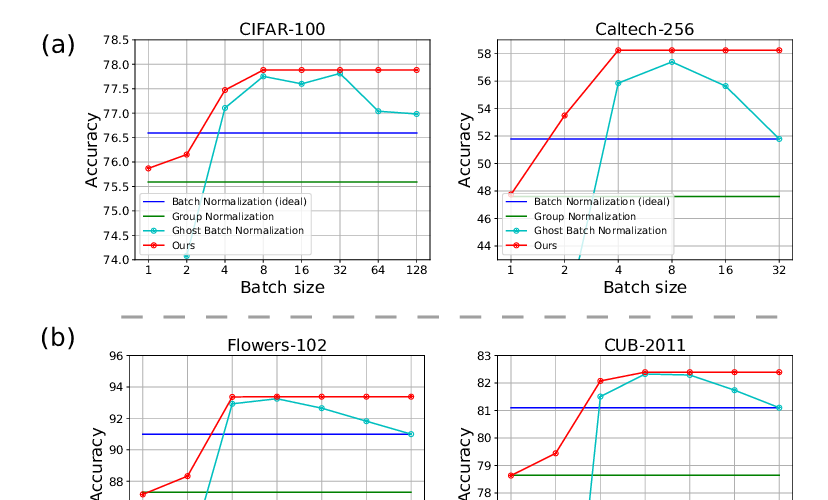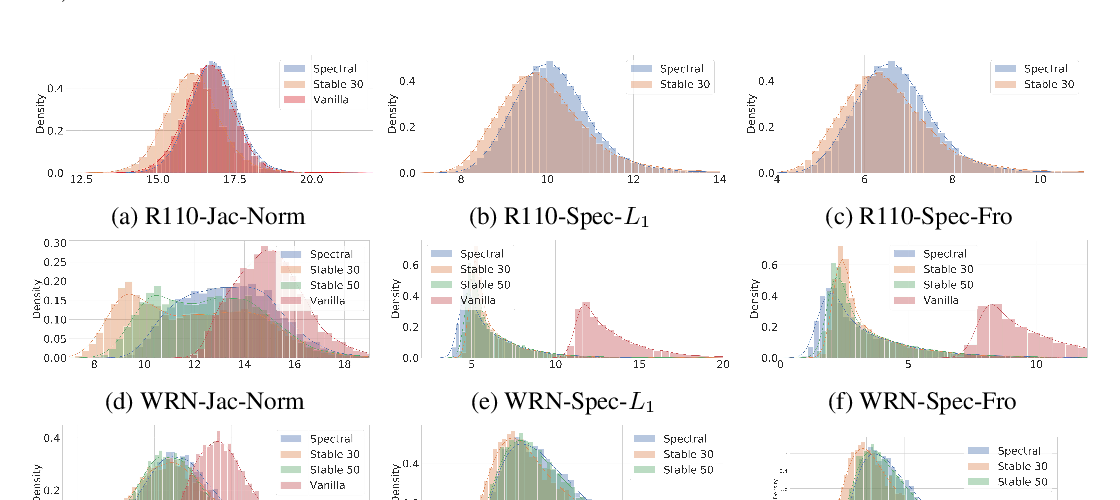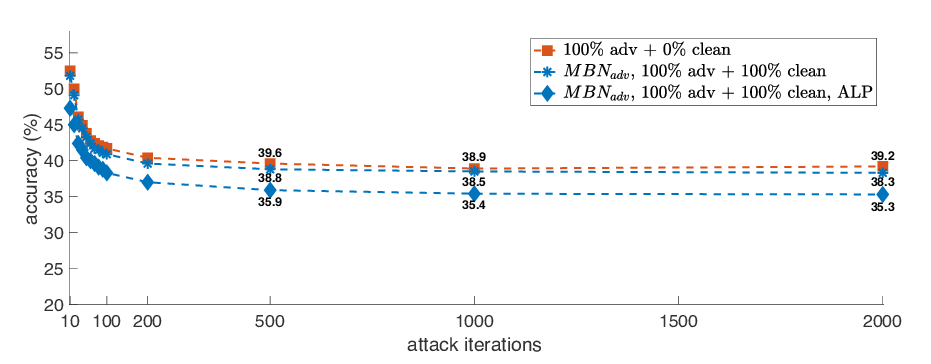Abstract:
Intriguing empirical evidence exists that deep learning can work well with exotic schedules for varying the learning rate. This paper suggests that the phenomenon may be due to Batch Normalization or BN(Ioffe & Szegedy, 2015), which is ubiq- uitous and provides benefits in optimization and generalization across all standard architectures. The following new results are shown about BN with weight decay and momentum (in other words, the typical use case which was not considered in earlier theoretical analyses of stand-alone BN (Ioffe & Szegedy, 2015; Santurkar et al., 2018; Arora et al., 2018)
• Training can be done using SGD with momentum and an exponentially in- creasing learning rate schedule, i.e., learning rate increases by some (1 + α) factor in every epoch for some α > 0. (Precise statement in the paper.) To the best of our knowledge this is the first time such a rate schedule has been successfully used, let alone for highly successful architectures. As ex- pected, such training rapidly blows up network weights, but the net stays well-behaved due to normalization.
• Mathematical explanation of the success of the above rate schedule: a rigor- ous proof that it is equivalent to the standard setting of BN + SGD + Standard Rate Tuning + Weight Decay + Momentum. This equivalence holds for other normalization layers as well, Group Normalization(Wu & He, 2018), Layer Normalization(Ba et al., 2016), Instance Norm(Ulyanov et al., 2016), etc.
• A worked-out toy example illustrating the above linkage of hyper- parameters. Using either weight decay or BN alone reaches global minimum, but convergence fails when both are used.



